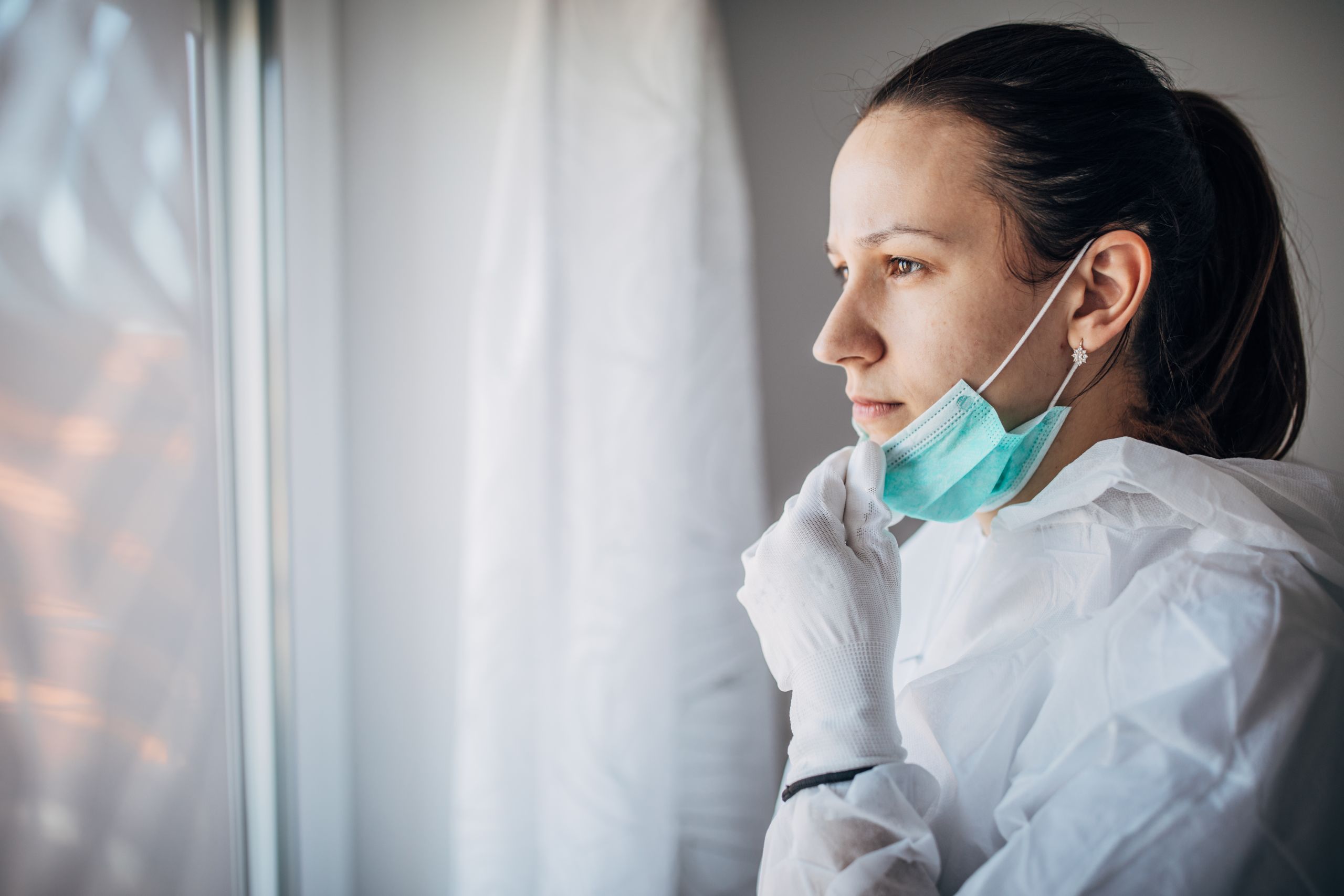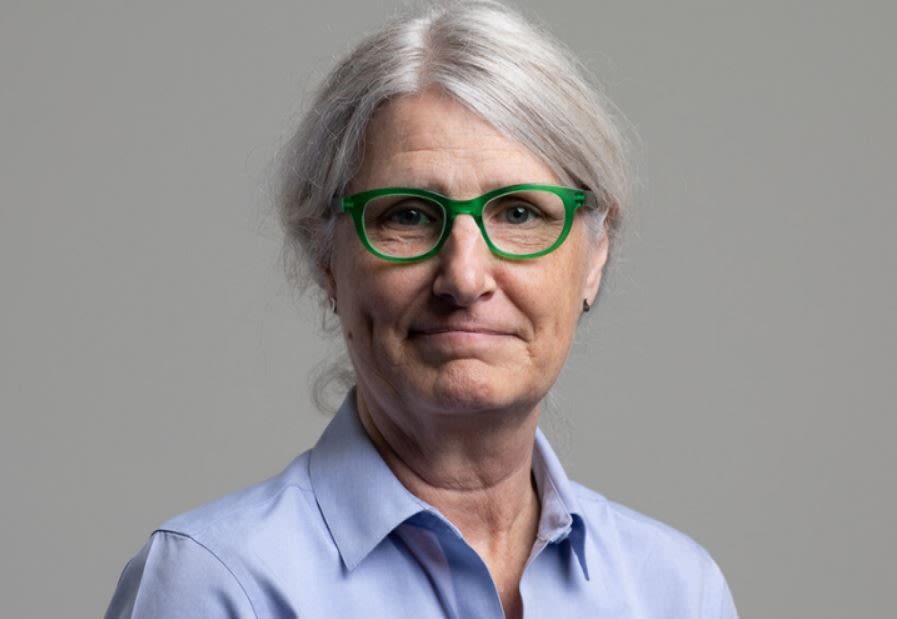TRUE TOLL
Pandemic Highlights Plight of Female Health Care Workers Torn Between Job and Home Duties

HOUSTON, May 12 — When it comes to waging war on the COVID-19 virus, those most likely to suit up are women.
“Nearly 90% of nurses and nursing assistants in the United States are women,” said Kathryn Tart, professor and founding dean of the UH College of Nursing, noting that women are also overwhelmingly the primary caretakers of their families. “With schools closed across the country, our female health care providers are left with a demanding, if not impossible schedule.”

Kathryn Tart, professor and founding dean of the UH College of Nursing, said that for female health care providers the demands are greater than ever.
Kathryn Tart, professor and founding dean of the UH College of Nursing, said that for female health care providers the demands are greater than ever.
According to the World Health Organization’s 2020 State of the World’s Nursing, “nursing remains a highly gendered profession with associated biases in the workplace.” Though such a high percentage of nurses are female, the report finds that “few leadership positions in health are held by nurses or women.”
The predicament is no surprise to Elizabeth Gregory, director of the UH Institute for Research on Women, Gender & Sexuality.
“The job and pay-gap division reflect a stratified economy where women have been largely limited to jobs involving caregiving or domestic work, and these have historically been under-valued,” said Gregory. “The pay-scale dynamic has always been linked to the idea that women did this kind of work for free at home anyway, and because they were low paid as a group for so long, they have only recently begun to achieve the status and civic voice to argue for higher wages in these essential realms —a vicious cycle.”

Another frightening outcome of the pandemic is that women and all essential workers may be forced to choose between their health and their job, said Elizabeth Gregory, director of the UH Institute for Research on Women, Gender & Sexuality.
Another frightening outcome of the pandemic is that women and all essential workers may be forced to choose between their health and their job, said Elizabeth Gregory, director of the UH Institute for Research on Women, Gender & Sexuality.
“Even worse,” said Gregory, “women and all essential workers may be forced to choose between their health and their job, in this pandemic.”
Shouldering the higher risk is common among nurses, who are at a patient’s bedside no matter the illness.
“Nurses are at the bedside when it comes to caring for patients and this is no different when nurses care for COVID-19 patients,” said Tart. “They administer oral and intravenous medications and fluids, provide hygiene and take vital signs. They talk, comfort and sit beside patients. They are there when patients die because their families cannot be there.”
The illness strikes a peculiar balance
In New York, 60% of patients hospitalized for COVID-19 were men. Similar stats from China, indicating need for further research, show the fatality rate for men at 2.8%, over a percentage point higher than for women at 1.7%.
Not so, however, on the front lines. Recently the Centers for Disease Control and Prevention found that 73% percent of U.S. health care workers infected with the virus are women.
Ultimately, Tart said, it is crucial to ensure the health and safety of all health care providers both at work and at home.
“Nurses need their families and significant others to help with the care of the home, educating the children, preparing the meals, following the CDC guidelines, all while they do these same things for the patients in their care,” said Tart.
A communication by the University of Houston Division of University Marketing and Communications.
Photo credits Getty Images: South-agency, thelinke, juanmonino and JohnnyGrieg

CDC: 73% percent of U.S. health care workers infected with the virus are women.
CDC: 73% percent of U.S. health care workers infected with the virus are women.

CDC: 73% percent of U.S. health care workers infected with the virus are women.
CDC: 73% percent of U.S. health care workers infected with the virus are women.
